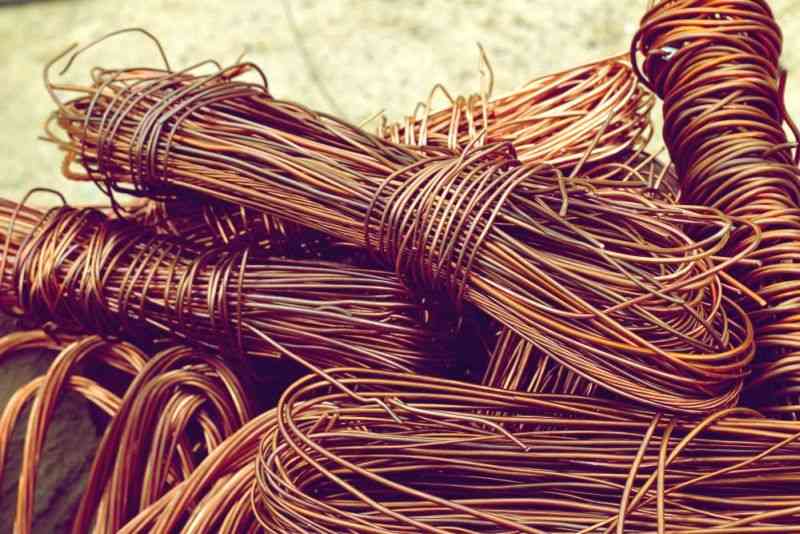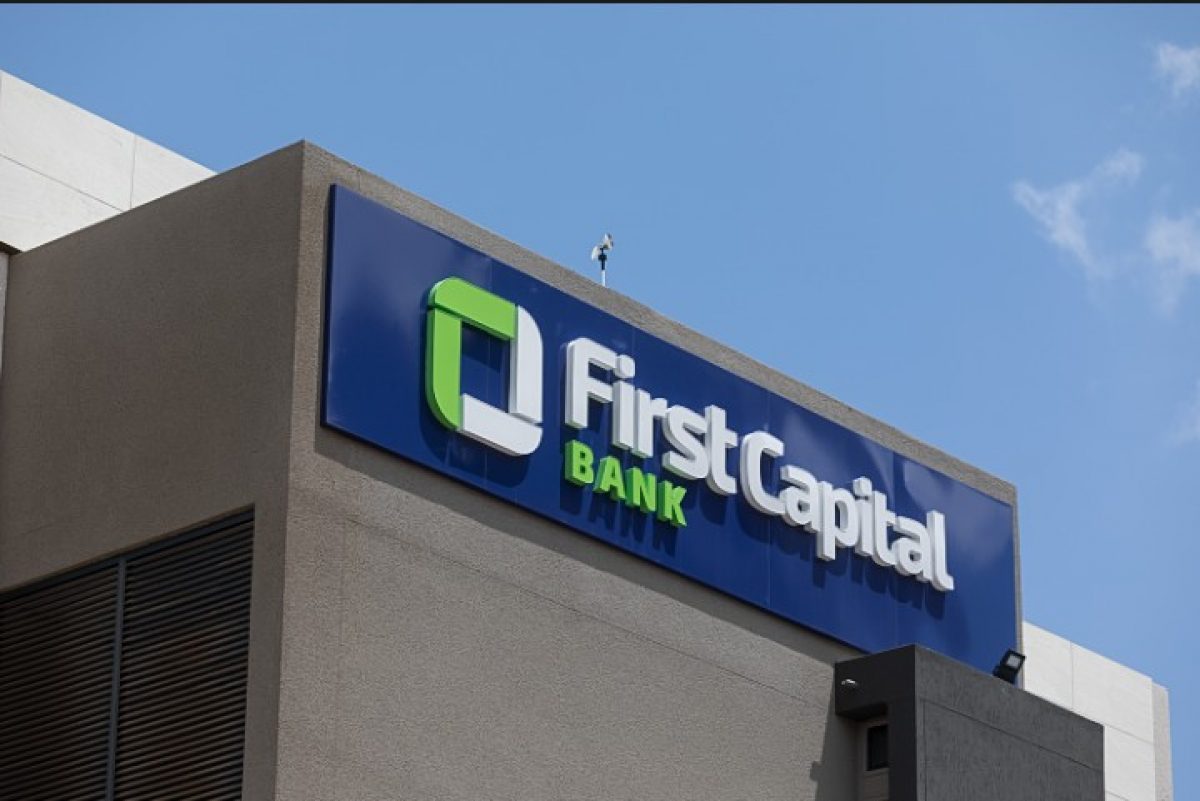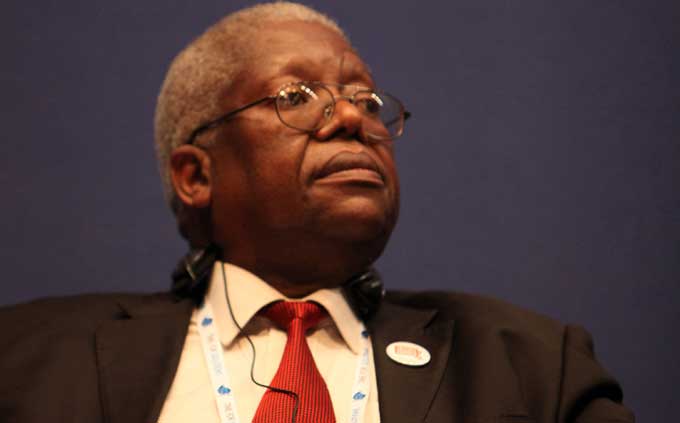
BY FREEMAN MAKOPA
AT least five projects by independent power producers (IPPs) will come online before the end of this year, adding about 71,5 megawatts (MW) to the national grid, a senior government official told NewsDay Business yesterday.
An additional five IPPs will also enter the market next year, according to Gloria Magombo, permanent secretary in the Energy and Power Development ministry.
Magombo, who spoke as blackouts intensified across the country with State-run power utility Zesa Holdings struggling to meet demand, said IPPs would come in handy to fill the power generation gap.
There had been concerns that the country had licensed several IPPs, but very few had commissioned their power stations.
“There are about five IPPs that are likely to be commissioned before end of the year adding 71,5MW to the grid,” Magombo told NewsDay Business.
“(Some) IPP megawatts will be from a thermal plant while 21MW will be from solar PV plants — Solgas (5MW), Guruve (5,5MW), Harava (6MW) and Richaw (5MW). As for next year, the expectation is that about five more may be commissioned as well mainly solar PV projects and upgrade of existing plants,” Magombo added.
“We also have a number of projects in the agricultural estates and private sector rooftop which are under construction mostly, which will be candidates for net metering,” she said.
- Chamisa under fire over US$120K donation
- Mavhunga puts DeMbare into Chibuku quarterfinals
- Pension funds bet on Cabora Bassa oilfields
- Councils defy govt fire tender directive
Keep Reading
Magombo spoke amid concerns that while government had liberalised the electricity industry and licensed several IPPs to help the country address a decade-long power crisis, very few of them had commissioned their power plants.
Most IPPs have failed to secure funding to kick off production.
But even projects like the Sengwa thermal plant earmarked for Gokwe have been in the pipeline for many years.
The Sengwa project is being funded by the Zimbabwe Stock Exchange-listed mining outfit, RioZim.
Magombo said the expansion project at Hwange Thermal Power Station was on track for commissioning in 2022 although it had recently been affected by COVID-19-induced lockdowns.
On completion, the power station will beef up capacity to produce electricity for domestic and industrial consumers, complementing output from Kariba Hydroelectric Power Station, which is mostly providing power in Zimbabwe following a US$550 million upgrade in 2018.
Kariba’s performance has also been boosted by good rains during the 2020/21 season.
“Hwange Power Station expansion programme is ongoing, above 65%, which is slightly behind target due to delays resulting from work stoppages and manufacturing delays caused by the COVID-19 pandemic in 2020. Work schedules are being reviewed. Work is currently underway to ensure resources are increased while COVID-19 restrictions are observed. The first unit of 300MW is expected to be commissioned in 2022. This will bring more stability to our supply situation,” Magombo told NewsDay Business.
In its economic bulletin for the first quarter of the year, however, the Finance and Economic Development ministry said Zimbabwe had missed targeted power output during the period.
“During the first quarter, a total of 2 594,16 GWh was distributed against a target of 2 415,61GWh (gigawatt hours), giving a variance of 7%,” the ministry said.
“Imports and exports were 684,09GWh and 101,29GWh, respectively. Local production from ZPC and IPPs missed targets by 3% and generated 1 808,8 GWh, with the gap being met by imports.
“Local production was mainly from Kariba Power Station which surpassed the target by 59% to 1 283,59GWh, while Hwange Power Station (HPS), remained constrained as Units 3 and 6 continued to be unavailable due to extended outages emanating from funding challenges and delays caused by the COVID-19 pandemic. As a result, the HPS missed the target by 56% to 411,42GWh. The IPPs surpassed target by 7% to produce 63,1GWh, against a target of 50,7GWh during the quarter under review,” the report said.
- Follow Freeman on Twitter @freemanmakopa










